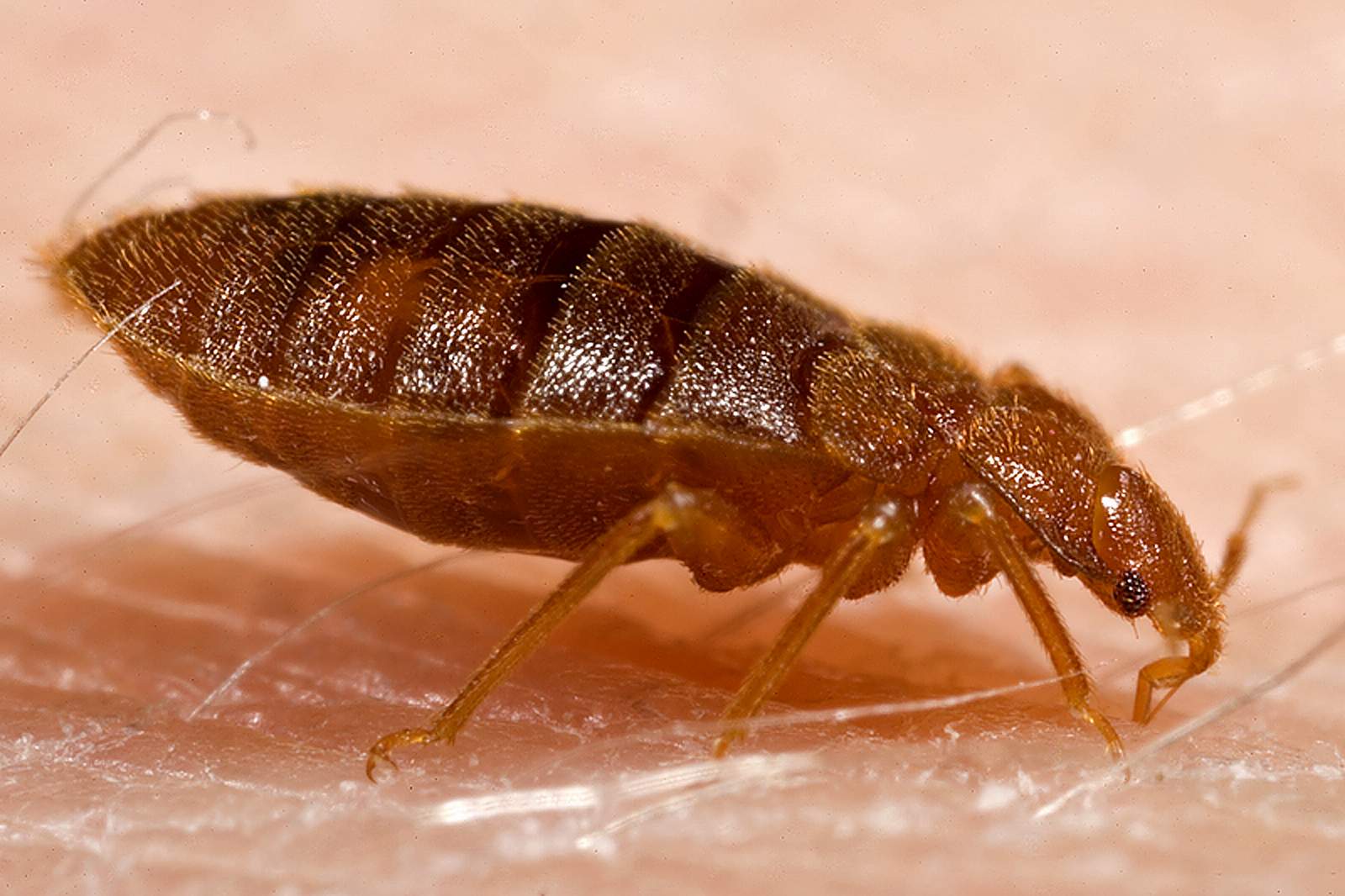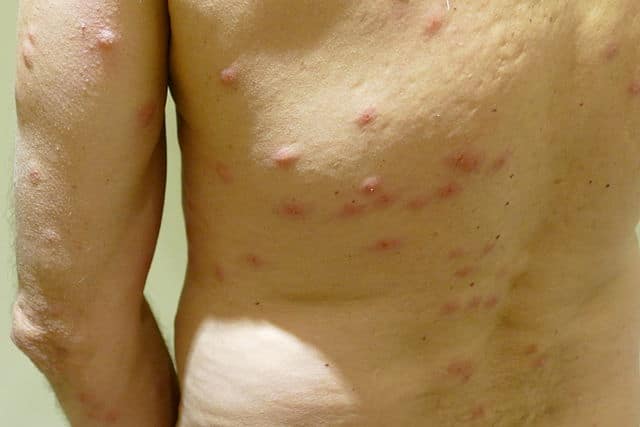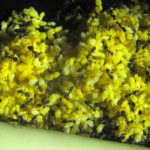
The old saying “sleep tight and don’t let the bedbugs bite” goes back to the 1700s. Today it elicits a smile for a quaint old bedtime maxim for children from a time when household hygiene left much to be desired.
But bedbugs are once again giving many restless nights. They’ve have come back strong in the U.S. in the past two decades and are one of the most pervasive pests nationwide, and are a pest in Fort Worth.
Studies show:
- The number of emergency room visits caused by these blood-sucking parasites rose by 700 percent between 2007 and 2010.
- Nearly 80% of U.S. hotels had to treat their rooms for bedbug infestations in 2015.
- Some hospitals lose access to beds nearly every other day due to these pests.
That’s stunning considering bedbugs had been nearly wiped out in this country by the end of World War II.

“Some believe this is the result of superbugs. These are highly insecticide-resistant bed bugs that appeared around this time. In any case, they are now common in nearly every major metropolitan area and most cities,” according to Dr. Mike Merchant, a professor and entomologist with Texas A&M AgriLife Extension Service in Dallas.
Scientists know the pests are now resistant to DDT, the pesticide that almost eradicated them. Another reason for their explosion may be the increase in travel. Bedbugs are notorious for hitching rides on people, clothing, and in suitcases.
Regardless of the reason, they’re here – and getting rid of them can be tough.
Detecting Bedbugs
First, you have to find them, and that’s not always easy. They’ll hide out during the day in bedding and furniture and come out at night to feed on you. Bedbugs are usually about the size of an apple seed and are reddish-brown. They have oval bodies that balloon in size when they’ve fed. They shed their skins during their life cycles, and the discarded husks can be a telltale sign.
Bedbug Bites

Source For most people, a bedbug bite is like a mosquito sting and may cause a small welt. But some people have allergic reactions ranging from mild to severe. Although some studies report a possible link to the potentially fatal Chagas disease, bedbugs are not confirmed to transmit any disease to humans.
How to Get Rid of Them
“Pesticides alone are not the answer to bedbugs,” Dr. Merchant adds most commercially available products advertised to kill bedbugs are only “marginally” effective. The same is true of “bug bombs” and foggers because the insects hide in places the pesticide doesn’t reach.
“We recommend hiring a professional for most people. However, there are DIY steps that can help reduce or eliminate bed bugs in a home or apartment,” Dr. Merchant says.
If you choose the DIY route, it’ll be challenging. The Texas Extension Service recommends a multistep procedure:
- Remove everything from an infested room and double bag it in clear plastic bags. This means everything — from clothing to toys. Put the bags in the sun.
- Wash any washable fabrics, including curtains, in hot water for 30 minutes, and dry on high for 30 minutes.
- Strip bed covers and thoroughly vacuum mattresses and box springs. Get into all the crevices where bugs can hide.
- Put mattresses and box springs in specially made bedbug bags. You can find them at retailers and online. They’re sometimes listed as “bedbug mattress protectors.” Clean the bed frame thoroughly.
- Treat with remedies proven to kill the insects. Use desiccant dust such as silica aerogel and diatomaceous earth. You can buy these products online and in garden centers, but make sure they are labeled for indoor use. The plant-based products EcoRaider and Bed Bug Patrol are also shown to be effective.
- Treat everything in the infested room, including dressers, clocks, pictures, blinds, etc. Dozens of bedbugs can hide in a tiny crevice or hole.
- Vacuum carpets and rugs thoroughly and frequently. Empty the vacuum outside in a garbage can.
Expect to repeat at least part of the process, as a single treatment is unlikely to eliminate the pests.
Professional Extermination
If all this seems overwhelming, your best bet is a professional exterminator.
“Professionals use a variety of methods because they know pesticides alone will not control bedbugs,” says Merchant.
Use exterminators that have experience in treating bedbugs. The cost will vary depending on how severe the infestation is and how much moving of furniture and clutter they have to do. Ask for an on-site inspection and cost estimate.
Even if bedbugs don’t transmit disease, nobody wants to sleep with insects feeding on them, so having them in your house can be psychologically traumatic.
Like fleas, cockroaches, and lice, bedbugs carry the stigma of poor housekeeping. In fact, they’ll infest a clean, well-maintained home, often coming in on unsuspecting visitors. Because they are spreading rapidly, your best defense is vigilance.
Main image credit: CDC/ Harvard University / Piotr Naskrecki





